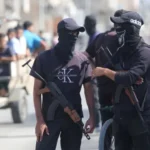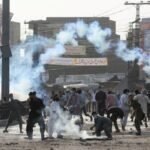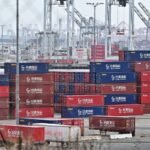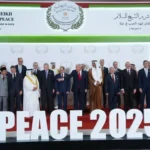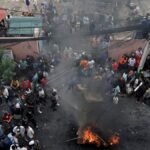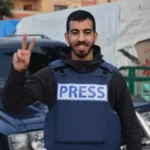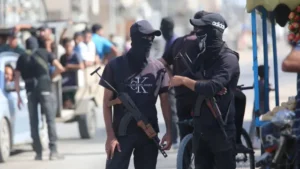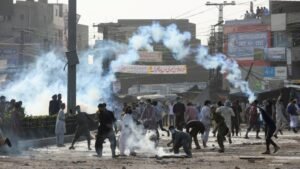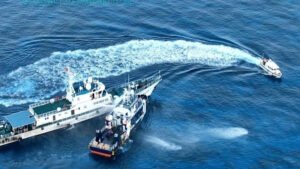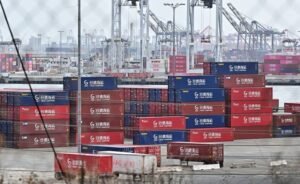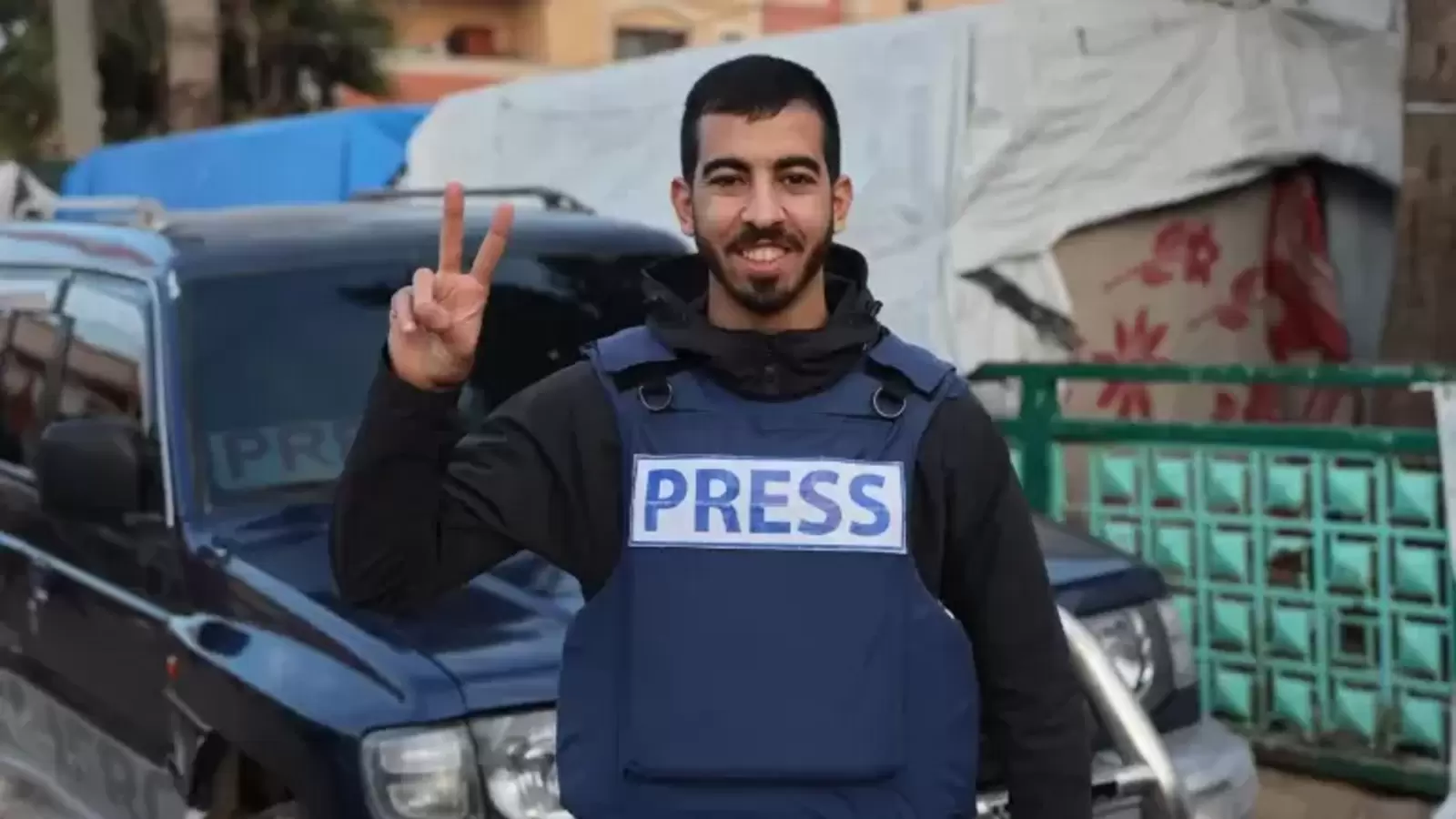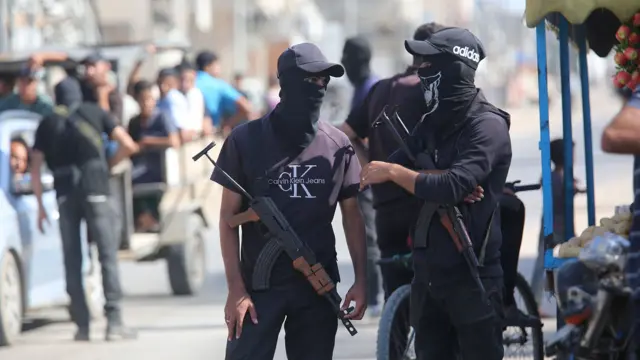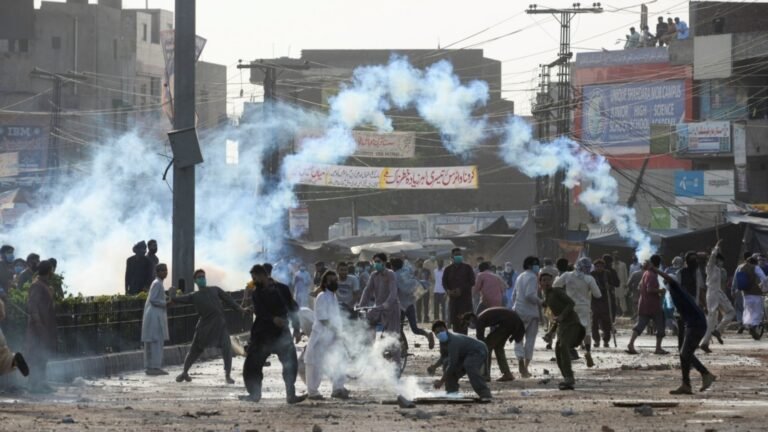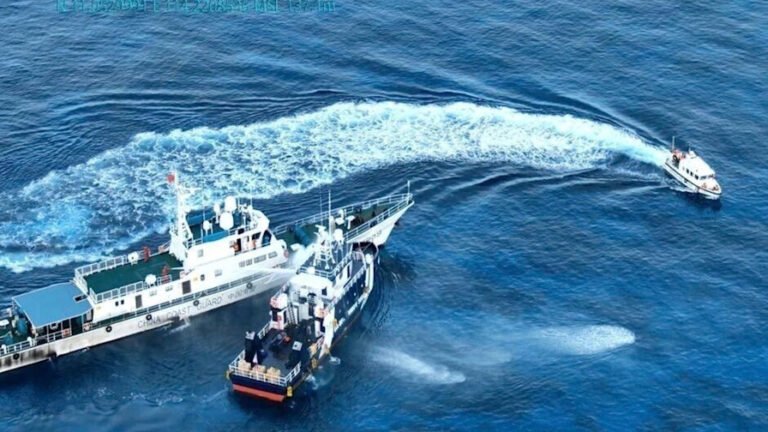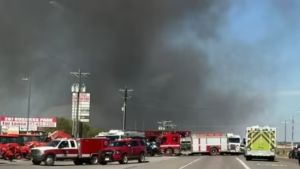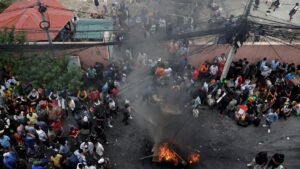Who Was Saleh Aljafarawi? The Face of Gaza’s Unfiltered Reality
Saleh Aljafarawi, widely recognized as “Mr. FAFO” among his followers, was more than just a social media influencer—he was one of Gaza’s most visible chroniclers. At only 28, Aljafarawi had built a following by sharing daily glimpses into the chaos, devastation, and resilience of life in the besieged enclave. With his camera and candid posts, he offered a raw, sometimes harrowing perspective of Gaza that rarely made headlines elsewhere.
His videos, often filmed in the aftermath of airstrikes or from hospital beds, captured the heartbreak and endurance of civilians caught in the crossfire. Even after false reports of his death surfaced, Aljafarawi would appear online, defiant and determined, updating his audience about the latest developments. This tenacity made him a symbol for many Gazans—someone who could not be silenced, despite the constant dangers.
The Fatal Clashes in Sabra: A Journalist Targeted Amid Turmoil
On October 12, 2025, that danger became all too real. Aljafarawi was shot dead in the Sabra neighborhood of southern Gaza City. According to The New Arab and TRT World, he was documenting the aftermath of armed clashes that had erupted between Hamas security forces and local militias. Images circulated on social media, showing his lifeless body moments after the attack—a stark reminder of the hazards faced by journalists in conflict zones.
Reports suggest Aljafarawi came under fire from members of an armed militia, described by some as “Israel-backed gangs” and by others as anti-Hamas factions. The violence in Sabra was part of a broader escalation following a recent ceasefire, with armed groups vying for control after Israeli troops withdrew. The Gaza Government Media Office condemned the killing, calling it a “direct result of Israel’s policy of targeting Palestinian journalists through both air strikes and proxy militias.”
Layers of Conflict: Militia, Hamas, and the Shadow of Occupation
Aljafarawi’s death did not occur in isolation. The Sabra neighborhood had become a flashpoint, with multiple armed factions clashing in the vacuum left by the ceasefire. Hamas security forces, seeking to arrest militia members, were themselves besieged by local clans such as the Doghmush. The violence claimed other lives, including the son of Bassem Naim, a senior Hamas official, and Muhammad Imad Akl, a member of Hamas’s military wing.
Sources from Hamas’s Interior Ministry told Al Jazeera that their forces were determined to “impose order and punish those responsible for the killings.” But the fighting revealed deeper fractures within Gaza—between Hamas’s efforts to reassert control and the determination of armed clans to defend their own turf. Israeli defense officials, according to Jerusalem Post, expressed concern about Hamas’s rapid resurgence and the ongoing violence targeting both civilians and defiant factions.
Journalists Under Fire: The Deadliest War for Media Workers
Saleh Aljafarawi’s death is part of a grim tally. Since October 2023, more than 270 journalists and media workers have been killed in Gaza, making it the deadliest conflict for reporters in recent memory. Like his colleagues, Aljafarawi documented not just the violence but also the everyday struggles of Gazans—food shortages, displacement, and the constant threat of death.
Earlier this week, a video of Aljafarawi went viral as he celebrated the ceasefire agreement between Hamas and Israel. But his coverage of alleged “genocide” and starvation in Gaza had put him on Israel’s “red notice” list—a roster of journalists considered high-priority targets, similar to others like Anas al-Sharif, who was also killed while reporting.
Even after the ceasefire, the dangers have not abated. Photojournalist Arafat al-Khour was wounded by an Israeli strike in the same neighborhood just days before Aljafarawi’s death. The targeting of media workers—whether by airstrikes or armed gangs—raises pressing questions about the safety of those trying to tell Gaza’s story to the world.
The Politics of Survival: Clans, Security Forces, and the International Response
The violence in Sabra and Rafah reflects a tangled web of allegiances and rivalries. Armed clans, some with alleged ties to Israeli security, have increasingly challenged Hamas’s authority, especially as the group seeks to rebuild its control after the withdrawal of Israeli troops. According to Jerusalem Post, Israel’s Shin Bet had worked to cultivate relationships with these clans, hoping they would serve as a counterweight to Hamas.
For ordinary Gazans, this means living in a state of uncertainty. Displaced families attempting to return home have been caught in the crossfire, with reports of summary executions and children targeted by gunfire. Humanitarian organizations have called for greater protection for civilians, but the political complexity of Gaza makes any solution elusive.
Internationally, Aljafarawi’s killing has intensified calls for accountability and press freedom. Media watchdogs and rights groups have condemned the targeting of journalists, urging both Israel and local armed factions to respect the protections afforded to reporters under international law. Yet, as the violence continues, those calls often go unheard.
Saleh Aljafarawi’s Legacy: Bearing Witness Amid the Storm
Aljafarawi’s social media accounts remain a digital archive of Gaza’s suffering and resilience. Through his lens, audiences around the world saw not just the ruins, but also the humanity that persists in the face of relentless adversity. His reporting bridged divides, challenging narratives and giving voice to those rendered invisible by war.
For many Gazans, his death is both a personal loss and a symbol of a broader struggle—the fight to tell their own story, even as forces beyond their control seek to silence them. In his final posts, Aljafarawi’s optimism for a ceasefire and hope for peace stood in stark contrast to the violence that claimed his life.
